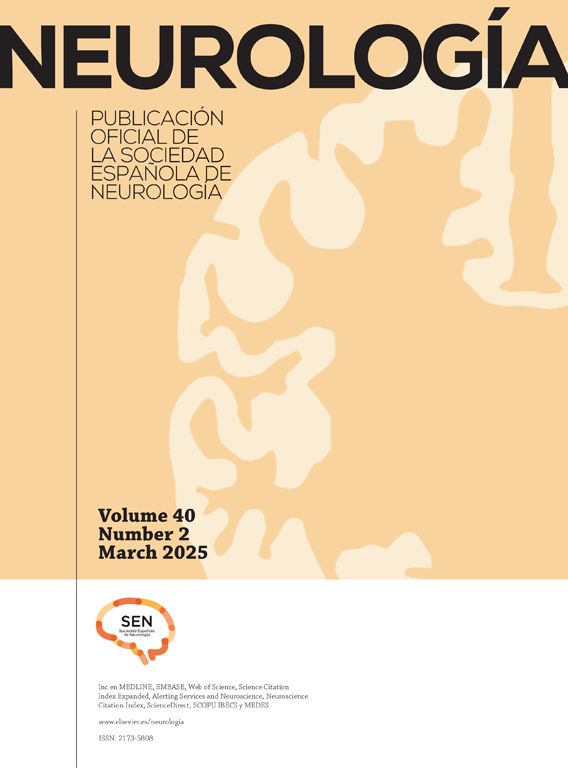was read the article
| Year/Month | Html | Total | |
|---|---|---|---|
| 2025 April | 8 | 0 | 8 |
| 2025 March | 92 | 13 | 105 |
| 2025 February | 152 | 11 | 163 |
| 2025 January | 93 | 17 | 110 |
| 2024 December | 79 | 12 | 91 |
| 2024 November | 66 | 10 | 76 |
| 2024 October | 85 | 35 | 120 |
| 2024 September | 92 | 21 | 113 |
| 2024 August | 98 | 23 | 121 |
| 2024 July | 107 | 61 | 168 |
| 2024 June | 80 | 12 | 92 |
| 2024 May | 100 | 30 | 130 |
| 2024 April | 102 | 19 | 121 |
| 2024 March | 125 | 13 | 138 |
| 2024 February | 129 | 16 | 145 |
| 2024 January | 189 | 25 | 214 |
| 2023 December | 84 | 21 | 105 |
| 2023 November | 139 | 24 | 163 |
| 2023 October | 64 | 11 | 75 |
| 2023 September | 51 | 15 | 66 |
| 2023 August | 25 | 5 | 30 |
| 2023 July | 29 | 21 | 50 |
| 2023 June | 17 | 21 | 38 |
| 2023 May | 28 | 23 | 51 |
| 2023 April | 21 | 20 | 41 |
| 2023 March | 14 | 24 | 38 |
| 2023 February | 22 | 18 | 40 |
| 2023 January | 28 | 33 | 61 |
| 2022 December | 21 | 24 | 45 |
| 2022 November | 31 | 13 | 44 |
| 2022 October | 22 | 15 | 37 |
| 2022 September | 20 | 19 | 39 |
| 2022 August | 34 | 20 | 54 |
| 2022 July | 22 | 15 | 37 |
| 2022 June | 22 | 8 | 30 |
| 2022 May | 24 | 13 | 37 |
| 2022 April | 32 | 9 | 41 |
| 2022 March | 58 | 12 | 70 |
| 2022 February | 44 | 5 | 49 |
| 2022 January | 47 | 7 | 54 |
| 2021 December | 24 | 11 | 35 |
| 2021 November | 28 | 13 | 41 |
| 2021 October | 36 | 12 | 48 |
| 2021 September | 24 | 16 | 40 |
| 2021 August | 399 | 14 | 413 |
| 2021 July | 57 | 11 | 68 |
| 2021 June | 40 | 5 | 45 |
| 2021 May | 29 | 10 | 39 |
| 2021 April | 9 | 5 | 14 |





